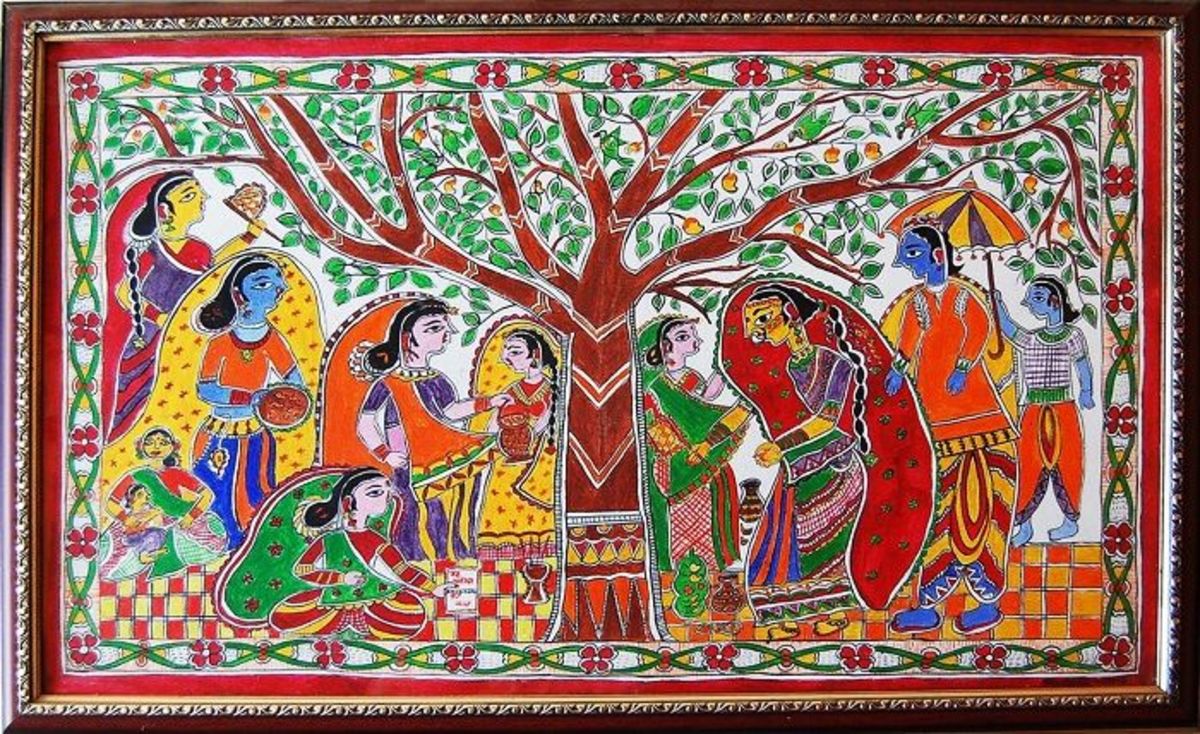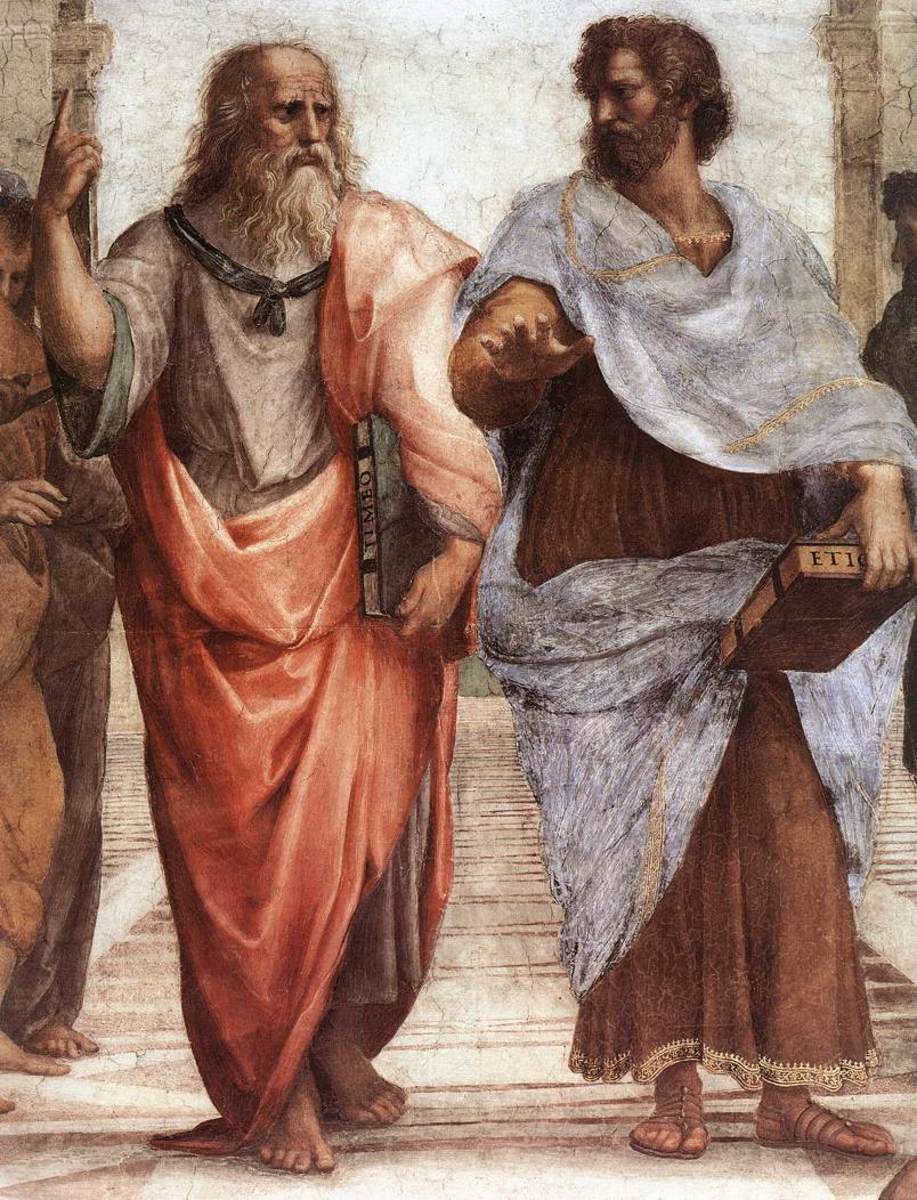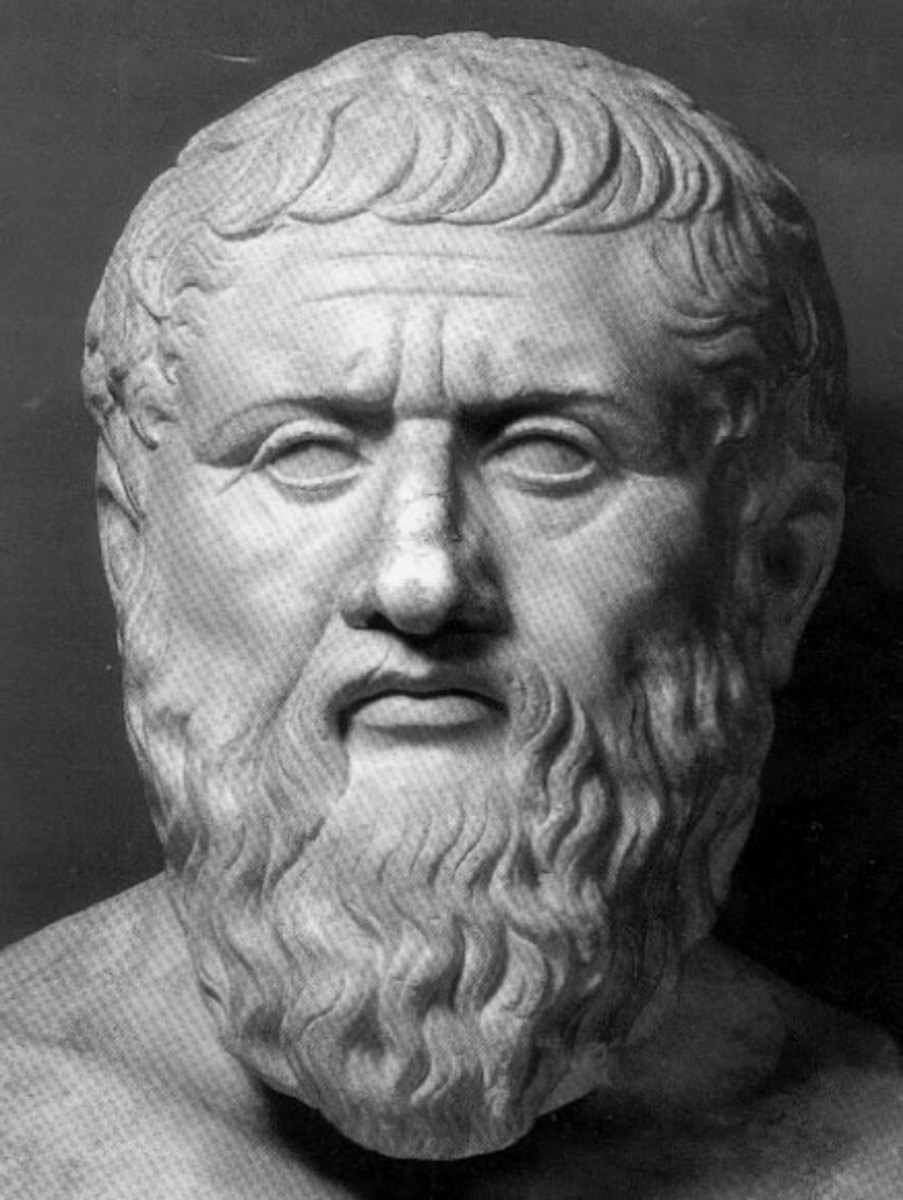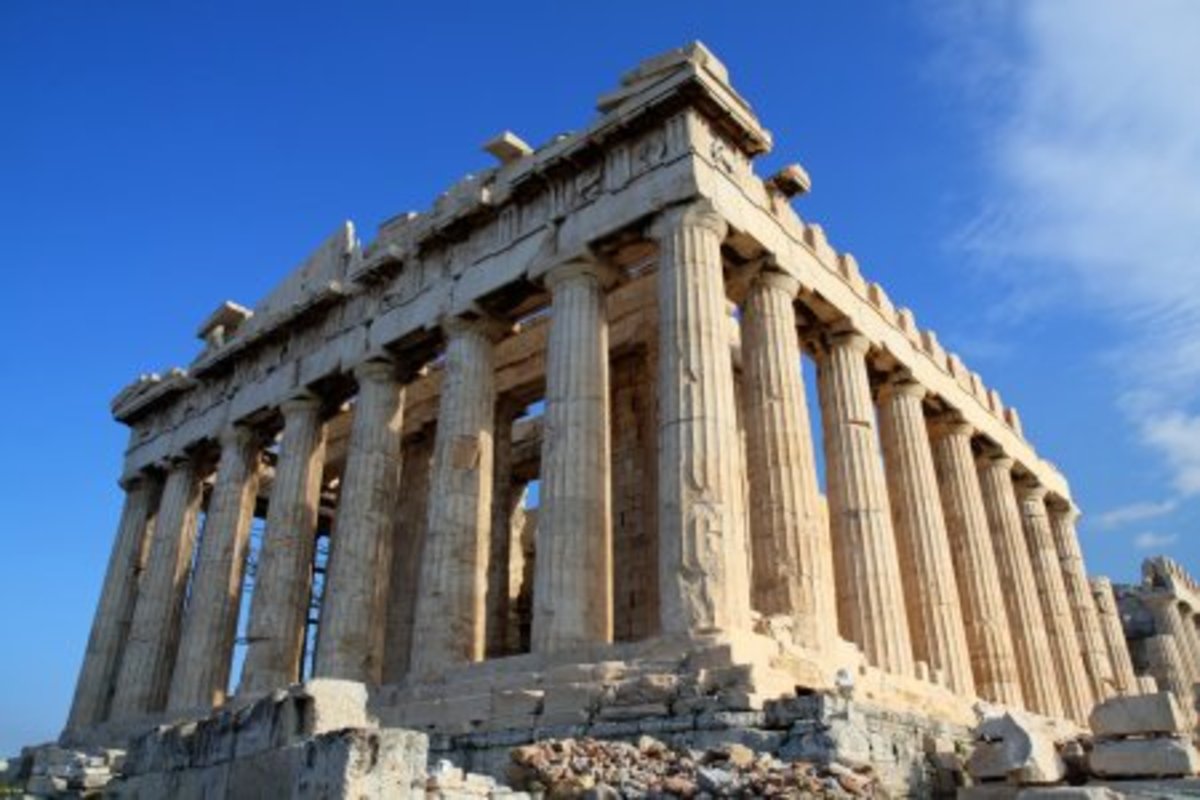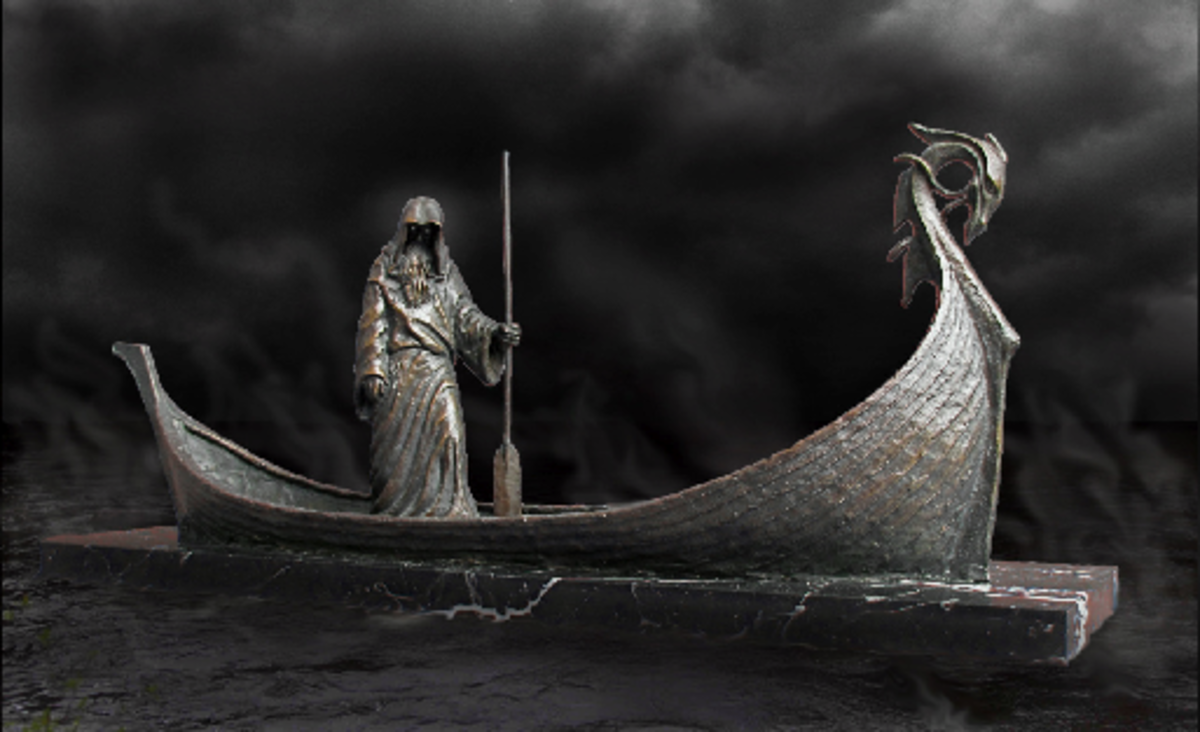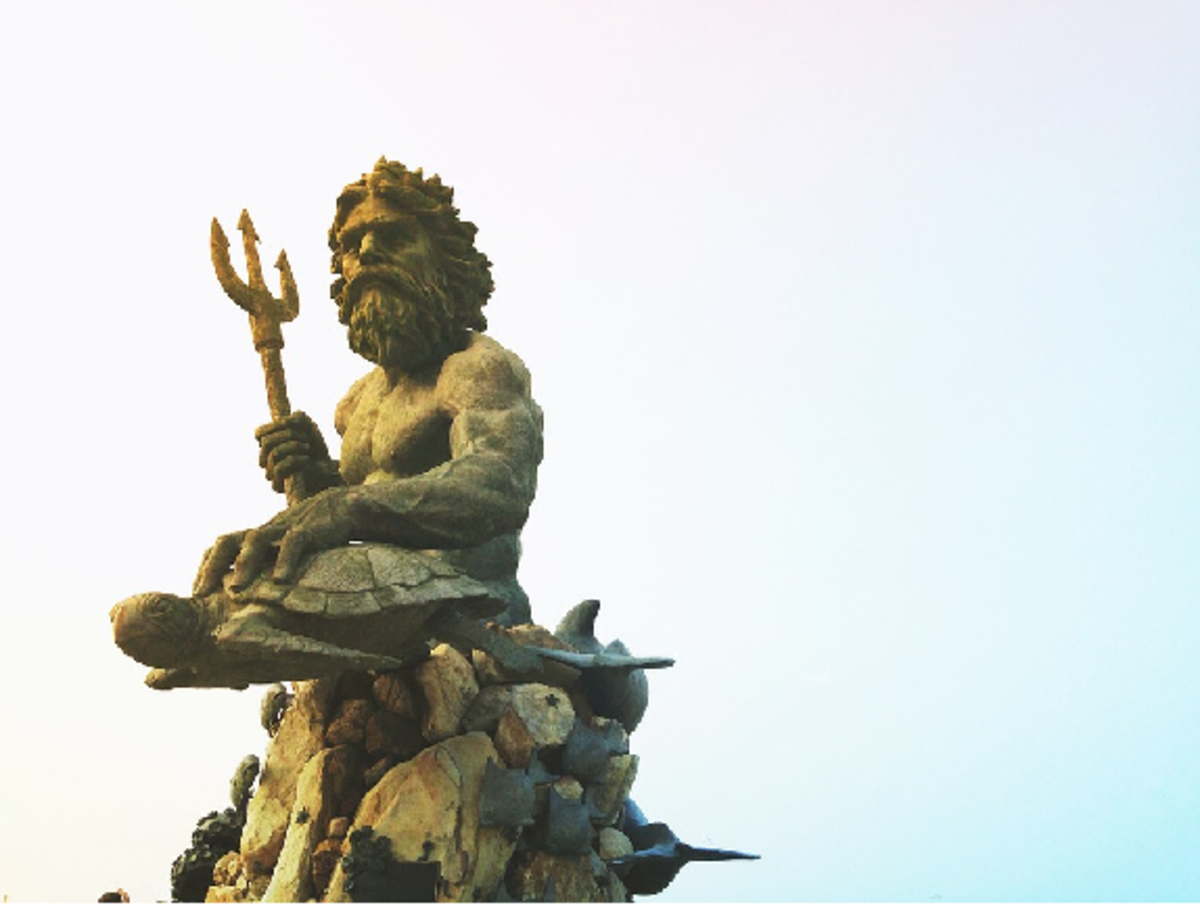Plato's Theory of the Forms
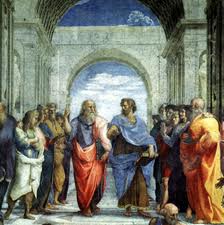
Plato's theory of the forms touched off a thousand year philosophical discussion about the nature of reality and how our minds encounter reality. Plato's ideas evolved from those of his teacher Socrates and Plato's student, Aristotle, posed a significant challenge to this theory. These theories were significant influences on philosophical discussion into the 14th Century. Even today, twenty-five hundred years later, there remain philosophers who take Plato's theory of the forms as a serious explanation for reality.
Socrates
Socrates was the father of all philosophy. While there were individual thinkers who approached the world from a philosophical perspective prior to Socrates, no one had quite the impact of Socrates. What Socrates started in 5th Century BCE Athens continues today. Socrates had a distinctive approach to acquiring knowledge. He started with the assumption that he was ignorant of the matter at hand. He did not want to influence his search for wisdom and knowledge by his own preconceived categories. He then looked at some common sense claims about the issue, questioned the assumptions of these claims and continued to refine the definition in this way until no more questions could be posed. For example, in the Republic, Socrates asks Cephalus what justice is. Cephalus responds that justice is being honest and paying back debts. Through questioning this definition, Socrates proceeds to show that it cannot cover all cases and has exceptions. A better definition is offered and this too is subject to questioning. Finally, a definition is arrived at the resists all questioning. Through this dialectic process of questioning assumptions and continual revision of the answer, a basic definition is arrived at. This process has come to be known as Socratic questioning.
Plato's theory of the forms has its roots in Socratic questioning. The product of a conversation with Socratics was typically some kind of essential definition of whatever issue was under discussion. In various dialogs, we see Socrates examine justice, piety, courage and friendship. By applying persistent dialectic questioning to the issue, a definition is arrived that that is impervious to further questioning. It is these essential definitions that Plato transformed into his ideals which dwell in a transcendent realm for all eternity. The essential definitions produced by Socratic dialog are the precursors to the ideal forms and lay the foundation for Plato's later theory.
Philosophy means "the love of wisdom." Socrates professed to be a great lover of wisdom. He did not claim to be a wise person, sage or guru - in fact, he claimed to possess no wisdom. Like a lover, he sought after wisdom and pursued her relentlessly through his questioning. It did not matter that this course of action would eventually cost him his life. He saw wisdom as the only thing worth pursuing. For Socrates, love and desire were more about the pursuit of an object than the possession of the object. Wisdom is not something that can be completely possessed. So to think that one possesses wisdom is an illusion. It is to substitute a false wisdom for the true wisdom. Philosophy is always about the pursuit of wisdom. No matter how much wisdom one may possess, it is always incomplete and there is always higher and deeper wisdom that can be discovered. It is love and desire that drives us to not be satisfied with easy answers and to continue to probe more deeply into the most important questions of life.
- Socrates (Stanford Encyclopedia of Philosophy)
An overview of the life and philosophy of Socrates. - Plato (Stanford Encyclopedia of Philosophy)
An overview of Plato's life and philosophy. - Plato\'s Middle Period Metaphysics and Epistemology (Stanford Encyclopedia of Philosophy)
An analysis of the theory of the forms. - Aristotle\'s Metaphysics (Stanford Encyclopedia of Philosophy)
An overview of Aristotle's metaphysics.
Not all our beliefs are confined to opinions. Humans do have the experience of knowledge. In the midst of the changing features of the world of sense, we do know things that are universal and certain. I may not be able to guarantee that the rosebush may be beautiful in a week or a year, but I do know what beauty is and can use the term in various situations. One person can use the term beautiful and another person understands the meaning. The word "beautiful" has a stable meaning that does not change even if the objects that we say are beautiful may change. Where does this invariant, universal and eternal knowledge come from? It comes from the mind. It is our intellects that allow us to see these universal, features in the changing world of sense. Our minds penetrate through the world of change and becoming to see into a transcendent realm. The objects of this realm have fullness of being because they cannot change - they are really real - more real than the objects we see and touch with our senses.
The objects of this transcendent realm which our minds have access to are called the ideal forms. They are the objects which our mind connects with in knowledge. These entities do not change, exist eternally and are the ideal models for the things of this world. The things in this world are the way they are because they participate in the forms that dwell in the perfect world of full being. A dog is a dog because it participates in the form canine-ness - "dogginess." The form of dogginess has all the perfections that dogs can have. Each dog participates in this form to a limited extent. Each dog displays some of the possible perfections in the form of dogginess. Our human minds are able to see this participation relationship, our minds see in the dog that we sense how it participates in the form of dogginess. Our minds can pick up on the essential form of dog that makes Rover a dog.
For Plato, love is the force that drives us from this world to the transcendent world. Love responds to the beauty in things. It picks up on the limited beauty of things in this changing world. It pushes to higher and more abstract levels. It sees the beauty of ideas and mathematical theories. Finally, love gazes on the form of beauty itself. Love is what drives our minds to seek for wisdom. For Plato, this means moving from the changing things of the world of becoming that we see with our senses to the unchanging world of being that we access with our minds.
The term "form" is retained in Aristotle's analysis. A form is not a transcendent entity that mind sees with its own vision. The form is the essential nature of a thing and is what makes that thing the kind of thing that it is. The form of the being organizes the material component into a specific shape. So in some way, the form serves the same purpose as Plato's form, but it is not a transcendent being but it is a reality that all the members of species share in common.
Aristotle does more than re-define the role of the form. He shows that Plato's theory of the forms cannot work. Plato has explained the similarity between two things of the same species by positing a transcendent form which they both participate in. But if the transcendent form is also similar to the two things, then what accounts for this similarity. There must be some higher form to account for the similarity between the form and the object which participates in it. This process could go on to infinity if we keep having to posit new entities to account for the similarity between all the prior entities. But this is clearly absurd. So it is a mistake to posit, as Plato does, a transcendent form to account for these similarities. Aristotle suggests that analysis be kept simple by accounting for these similarities by an imminent form that is shared by all members of a species.
Finally, Aristotle understands the form of a being as a dynamic force. The essence is not static, but it drives the being to develop. This is especially true of living beings where growth occurs. The essence specifies the range of activity for the being and as the being grows, it moves from potency to act. The potentials that are latent in the form are realized over the life span of the being. Aristotle believes that each being has a unique end or goal that it strives to realize. The form of the being is oriented toward realizing this goal. Each being is moved from potency to act and realizes all its latent potencies through the dynamism present in the form. The dynamism can be called love.
ConclusionSocrates, Plato and Aristotle were key in figures in the development of the theory of the forms. This is a critically important theory for the history of philosophy. It is important to understand this idea in order to enter into the discussion of philosophy.




